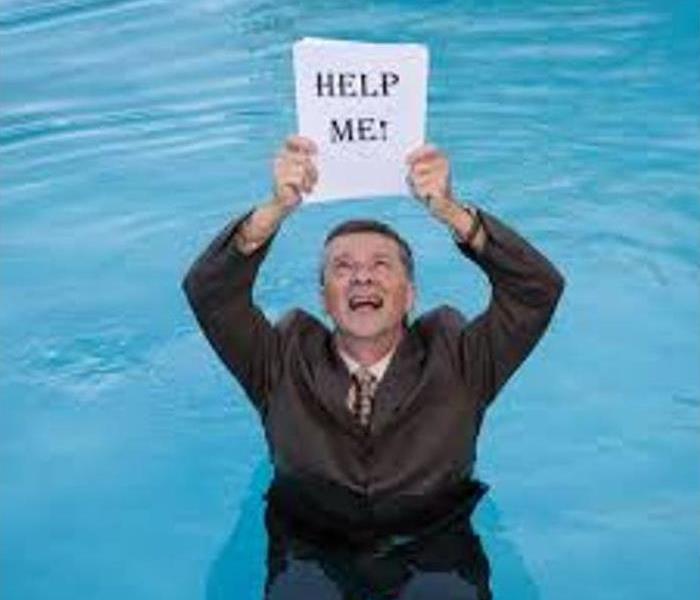3 Common Water Damage Myths
9/21/2020 (Permalink)
Water damage in your home can come from many different sources and can strike at any time. When you are caught off guard, it is hard to know how to respond – especially with all the misleading information out there regarding water damage cleanup. When it comes to water damage, we at SERVPRO of Streamwood, Bartlett, West Chicago, & Warrenville don’t want you to get caught believing these 3 common myths; or the damage to your home and belongings could actually get worse.
- If you don’t see the water anymore, it must be dry and can just dry on its own.
If your home sustains water damage, the most important thing to guarantee proper restoration is to get it removed, cleaned, and dried completely. Water in your home will not dry completely on its own. Water hides in walls, in carpet, and even under floorboards. As porous materials are soaked with water, they begin to absorb it. Wood, drywall, insulation, carpet fibers, and carpet padding, will hold onto water even when it appears that it has all been dried. Hidden moisture trapped in unseen spaces causes more damage. Mold will grow anywhere moisture is present. Once materials have absorbed enough water, they can begin to swell, warp, bow, bend, and deteriorate. Just because you cannot see it, it does not mean that water is not there. Water will not dry itself and needs the proper drying and detection equipment to ensure no hidden moisture is left behind.
- The smell will eventually go away.
When water is not dried quickly and completely, mold will begin to grow. Since mold is a type of fungus, it gives off a very strong odor wherever it grows. The musky and earthy smell that lingers around following water damage is not something that will just resolve itself. Dehumidification is required, along with complete drying, followed with antimicrobial treatment to stop mold from growing following water damage. If mold has already begun to grow (you will be able to tell by the smell), then mold remediation is required in order to safely remove the mold. Do not wait around for the smell to just fade away, because it will not happen.
- It is not a big deal if cleanup does not begin right away.
Time is of the essence when dealing with water damage and mitigation of further damage. The longer water sits, the worse the damage gets. There is a very short window between water damage and mold growth, and the longer materials and belongings are exposed to water, the less the odds are of them being salvaged. To minimize losses and the risk for mold, you need an immediate response to water damage. Water damage cleanup cannot wait – it needs to begin as soon as possible.





 24/7 Emergency Service
24/7 Emergency Service
